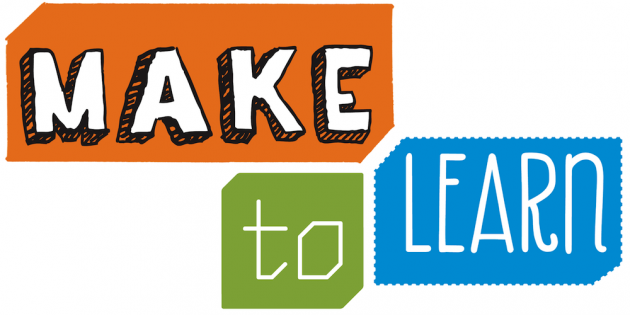
Make/Hack/Play: Why we should create instead of repeat
The Make/Hack/Play articles have had a lot to say about maker culture and the role it could (and in some places has begun to) play in education. Maker culture, though a relatively new movement, is in many ways similar to the older DIY culture. Maker culture is significantly more community based and tends to put a greater emphasis on the use of technology than DIY, but maintains the overall importance of creating. Learning through hands on experience and experimentation are two of the most vital principles of this movement.
Creating, maker culture seems to argue, is learning. In order to make, the creator has to first understand, not understand enough to regurgitate answers on a test but understand on a much deeper and more valuable level. Creating also teaches the creator about more than just one project; it allows them to think about potential, about how to enhance their project or how individual pieces can be used in different ways. Making will often involve collaboration, peer-to-peer learning, and trial and error. Collaboration and peer-to-peer learning require creative problem solving in a way that learning from an authority figure doesn’t. The idea of trial and error is especially important, and a way in which maker culture can revolutionize education. Repeating someone else’s work can be expected to be done without failure, but creating cannot. Potential students would be expected to fail, to retry, to tinker, to modify, etc. Maker culture is inherently connected to low risk learning. It asks students to solve a problem rather than telling them what they should do. There is no right answer to look for but instead an effective solution to be created. Making also requires students to design something that, once completed, will be their own. This is not only good for learning purposes, but is also infinitely more engaging and personal.
Though making learning “fun” or “engaging” might seem more like a bonus than a necessity, reading through these articles have convinced me otherwise. Being engaged means developing an interest and although interest is not always needed in school to pass, it will be what guides students after graduation. Maker culture is not made up of college kids but of a variety of people who are interested and want to see something come out of that interest.
Some resources if you dare:
– Permission to Make (video interview of Adam Savage):
http://www.youtube.com/watch?v=NrRNwLJHxhQ
– Try some making for yourself
– College Campuses and Maker Culture
http://hackeducation.com/2013/02/06/the-case-for-a-campus-makerspace/http://hackeducation.com/2013/02/06/the-case-for-a-campus-makerspace/

 Website:
Website:
One Reply to “Make/Hack/Play: Why we should create instead of repeat”
love that you included the links. Great post.